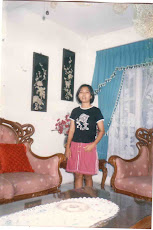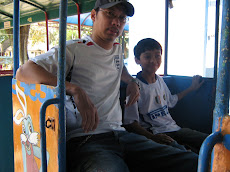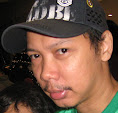
Coach Rinus Michels's task was to strike a balance between the Ajax and Feyenoord factions, further complicated by (it's alleged) professional tension between the Ajax contingent and the former Ajax player Johan Cruyff and soon-to-be-former Ajax player Johan Neeskens.
Clearly, the team had to be built around the astonishingly talented Cruyff, nominally centre-forward but in practice given licence to roam at will, dropping into midfield or wandering out to the left wing or wherever he could find a gap to exploit. Johnny Rep, a relative newcomer to the Ajax team, was widely predicted to play up front as well, but the third member of the attack was, rather surprisingly, Rob Rensenbrink of Anderlecht rather than Ajax's Piet Keizer. Rensenbrink had been capped as long ago as 1968, as a young DWS player, but had been overlooked at international level for some years since his move to Belgium. He tended to operate on the left, and was a hard working front player, a target man if you prefer, a striker who enabled play to be built around him, while Rep, generally to be found on the right, was a deadly finisher.
In midfield, Michels had two trios of international class to blend together: from Ajax, Neeskens, Arie Haan and Gerry Mühren; and from Feyenoord, Theo de Jong, Wim Jansen and Wim van Hanegem. Mühren, however, was absent due to his young son being taken ill, and Haan was required in the defence, so Jansen, Neeskens and Van Hanegem were the chosen three, with De Jong making a few crucial appearances as substitute. You could say Jansen played on the right, Neeskens up the middle and Van Hanegem on the left, or, in another language, Jansen was the "holding" midfielder, Van Hanegem the "passer" and Neeskens the "box to box" player who reinforced the attack. In practice, of course, it was much more variable than that.
The central defence was always going to be makeshift due the loss through injury of Ajax stopper Barry Hulshoff and Den Haag's Aad Mansfeld, and the initial absence of Feyenoord's Rinus Israël, who was ruled out for the opening game due to bereavement. Michels pulled something of a masterstroke by taking the tough-tackling Haan out of the midfield and playing him alongside Feyenoord right-back Wim Rijsbergen at centre-back. Even when Israël was available again, the form of this experimental duo (Rijsbergen had only one international cap to his name) meant he would only appear as substitute.
The Ajax pairing of Wim Suurbier and Ruud Krol was always likely to get the nod at full-backs. Suurbier, tall, strong, and a good passer and crosser of the ball with either foot, was equally at home on either side of the defence, while Krol combined the physical presence of a centre-back with the speed and athleticism of a left-back or left-winger: a modern-day reference point might be Paolo Maldini. In general, Suurbier played on the right, Krol on the left, Rijsbergen in the centre and Haan as a sort of mobile sweeper (albeit often in front of the defence rather than behind it) but the roles were very often swapped, Jansen often dropping deep to cover for an absent full-back.
In goal, PSV Eindhoven's Jan van Beveren was not fit enough to make the squad (he was, it's said, no favourite of Cruyff and Michels, and may not have been picked anyway), and Twente's Piet Schrijvers was also surprisingly overlooked, as Michels gave the start to Jan Jongbloed, a 34-year-old who had won a Dutch League medal with DWS Amsterdam as long as eleven years ago, and had genuinely believed he was going to Germany as third choice (it's said he packed his fishing gear), but who, given the fragility of the back four, was to find his interventionist methods exactly what was needed. Playing more or less as an extra sweeper, his forays off his line were to be better remembered than his efforts at stopping shots. Nevertheless, Holland's defensive record in the competition means he must have been doing something right. He was still playing top flight football in Holland eleven years later.
As mentioned, De Jong and Israël were both to find themselves called upon to make a string of appearances as substitute. However, other than these two, one token outing for Keizer and a substitute appearance by René van de Kerkhof, the team was to stay unchanged throughout the tournament.














